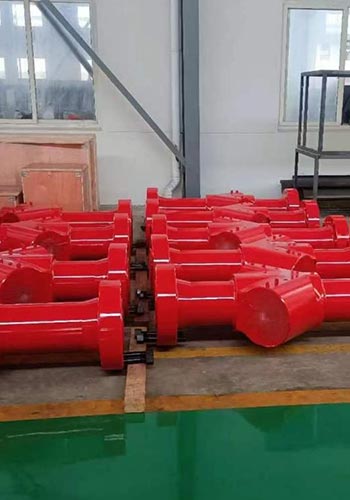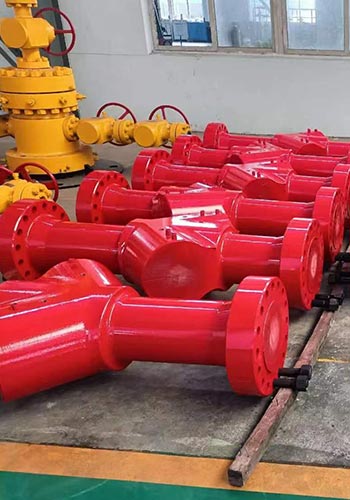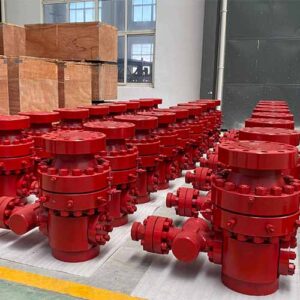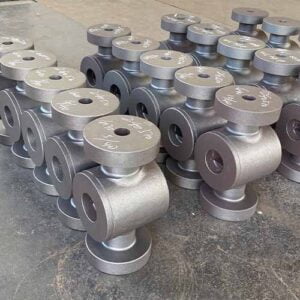Welcome to My Blog!
Before we dive into the content, I’d love for you to join me on my social media platforms where I share more insights, engage with the community, and post updates. Here’s how you can connect with me:
Facebook:https://www.facebook.com/profile.php?id=100087990137347
LinkedIn:https://www.linkedin.com/company/89825762/admin/dashboard/
YouTube:www.youtube.com/@carbonsteelsupply-kj9lw
TikTok:www.tiktok.com/@carbonsteelsupply
Now, let’s get started on our journey together. I hope you find the content here insightful, engaging, and valuable.
مقدمة
Oil well casing is a critical component in the drilling process, providing structural integrity and safety to oil wells. With various oil well casing types available, understanding each type’s characteristics, benefits, and applications is essential for engineers and project managers. This comprehensive guide will delve into the different oil well casing types, their materials, specifications, and best practices for selecting the appropriate casing for specific drilling projects.
Understanding Oil Well Casing Types

Oil well casing types can be categorized based on their function, materials, and design. Each type serves a unique purpose in the drilling process and is selected according to the well’s depth, geology, and the nature of the fluids being extracted. Below are the primary oil well casing types:
Conductor Casing
Conductor casing is the first type of casing installed during the drilling process. It is typically used to support the well and prevent surface collapse. This casing type extends from the surface to a depth of about 200 to 300 feet, depending on geological conditions.
Key Features:
- Material: Usually made from carbon steel.
- Diameter: Generally larger in diameter compared to other casings.
- Function: Provides initial support and isolates the well from surface contaminants.
Surface Casing
The surface casing is installed after the conductor casing and extends deeper into the ground. Its primary purpose is to protect groundwater and ensure the well’s integrity as drilling continues.
Key Features:
- Material: Commonly made of carbon steel, but may also use corrosion-resistant alloys.
- Depth: Reaches depths between 1,000 and 3,500 feet.
- Function: Protects aquifers and prevents contamination from drilling fluids.
Intermediate Casing
Intermediate casing is installed to provide additional support in deeper wells and is particularly important in areas with unstable geological formations.
Key Features:
- Material: Typically made from high-strength steel.
- Application: Used in deeper wells where geological instability is a concern.
- Function: Reinforces well integrity at greater depths.
Production Casing
The production casing is the final casing type installed, directly facilitating the extraction of oil and gas from the well.
Key Features:
- Material: Generally made from high-grade steel to withstand high pressures.
- Depth: Installed to the total depth of the well.
- Function: Provides a conduit for oil and gas to flow to the surface.
Liner Casing
Liner casing is used in conjunction with other casing types to reinforce specific sections of a well. It does not extend to the surface but instead connects to the production casing.
Key Features:
- Material: Can be made from various alloys depending on the well conditions.
- Function: Enhances the strength of the well in targeted areas.
Table: Comparison of Oil Well Casing Types
| Casing Type | Material | Depth Range | Function |
|---|---|---|---|
| Conductor Casing | الفولاذ الكربوني | 200-300 ft | Support and prevent surface collapse |
| Surface Casing | الفولاذ الكربوني | 1,000-3,500 ft | Protect groundwater and well integrity |
| Intermediate Casing | High-Strength Steel | Varies | Support in unstable geological formations |
| Production Casing | High-Grade Steel | Total Depth | Conduit for oil and gas extraction |
| Liner Casing | Various Alloys | Targeted Depth | Reinforce specific sections of the well |
Best Practices for Selecting Oil Well Casing Types


When selecting oil well casing types, consider the following factors:
Well Depth and Pressure
Evaluate the depth and pressure conditions of the well to choose appropriate casing materials and thicknesses.
Geological Conditions
Understand the geological formations the casing will encounter. Regions with unstable ground may require additional casing support.
Fluid Type
Consider the type of fluids being extracted, as corrosive substances may require specialized materials.
Regulatory Compliance
Ensure that all casing selections meet industry regulations and standards for safety and environmental protection.
Cost-Effectiveness
Balance quality and cost to find a casing solution that fits your budget while meeting project specifications.
الخاتمة
Understanding the various oil well casing types is crucial for ensuring the safety, efficiency, and integrity of oil wells. Each casing type plays a vital role in the drilling process, from supporting the well to facilitating the extraction of resources. By considering the factors outlined in this guide, project managers and engineers can make informed decisions regarding casing selection, ultimately leading to successful drilling operations.
الأسئلة الشائعة
What is the primary function of oil well casing?
The primary function of oil well casing is to provide structural support to the well, protect groundwater from contamination, and facilitate the extraction of oil and gas.
How deep does each casing type typically extend?
- Conductor Casing: 200-300 feet
- Surface Casing: 1,000-3,500 feet
- Intermediate Casing: Varies based on geological conditions
- Production Casing: To the total depth of the well
- Liner Casing: Targeted depth as needed
What materials are commonly used for oil well casing?
Common materials include carbon steel, high-strength steel, and corrosion-resistant alloys, chosen based on the specific conditions of the well.
How do geological conditions impact casing selection?
Geological conditions, such as stability and the presence of corrosive materials, can influence the choice of casing type, material, and thickness needed for safe and effective drilling.
Why is regulatory compliance important in casing selection?
Regulatory compliance ensures that all casing materials and installations meet safety and environmental standards, reducing risks during drilling operations and protecting natural resources.





